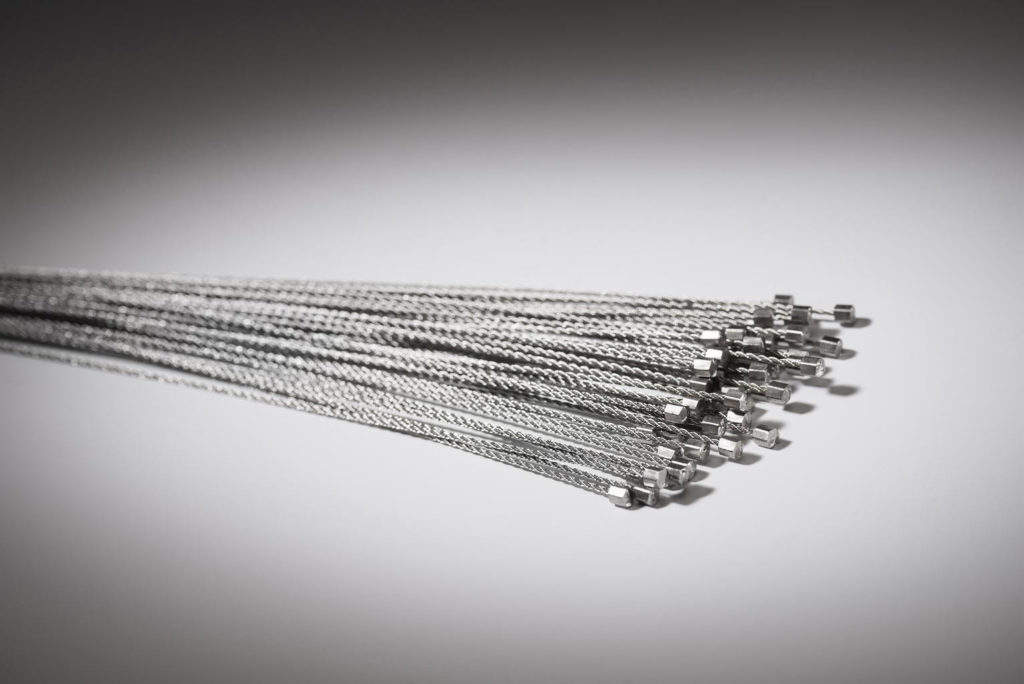In construction, the integrity of every component, no matter how small, plays a crucial role in the overall stability and safety of the project. One such component is lock wire—a simple, yet essential, tool used to prevent loosening or disassembly due to vibrations and other dynamic forces. Proper installation of lock wire is paramount to ensuring that critical connections remain secure throughout the life of a structure. Here, I’ll guide you through the steps to properly install lock wire and highlight its importance in construction settings.
Understanding the Importance of Lock Wire
Lock wire, also known as safety wire, is used primarily to secure bolts, nuts, and other fasteners that are critical to the structural integrity of construction projects. The wire acts as a fail-safe to prevent the fasteners from loosening under vibration, thermal expansion, and other mechanical forces that could lead to structural failure or safety issues.
Materials Needed
Before you begin the installation process, ensure you have the following materials:
- Stainless steel lock wire (the most common material due to its strength and resistance to corrosion)
- Safety wire pliers (specifically designed for lock wiring tasks)
- Gloves (to protect your hands from sharp wire ends)
- Wire cutters
Step-by-Step Guide to Installing Lock Wire
Step 1: Prepare the Fasteners
Ensure that the fasteners are properly torqued according to the specifications of the project. This is crucial as the lock wire is not meant to hold the fastener in place by force, but to prevent it from turning back due to loosening forces.
Step 2: Cut the Appropriate Length of Wire
Measure and cut a piece of lock wire long enough to thread through the fasteners you intend to secure. A general rule is to allow enough length for some slack plus enough to make a few twists and a secure finish.
Step 3: Thread the Wire
Thread the wire through the holes in the fasteners. In most cases, this will be through the head of bolts or the wings of nuts. Pull the wire through so that an equal length extends from each side of the fastener.
Step 4: Twist the Wire
Using safety wire pliers, twist the two strands of wire together. The twists should be tight and even, creating a durable wire segment between each fastener. Ensure not to over-twist as this can weaken the wire.
Step 5: Secure the Ends
Once you have twisted the wire between all fasteners, secure the end of the wire by making a few tight twists and then bending the tail back against the final fastener. Trim any excess wire and press down any sharp ends.
Step 6: Inspect Your Work
After installation, inspect the lock wire to ensure it has not been over-tightened and that it allows for some natural movement of the fasteners. The wire should be firm and evenly twisted without sagging or excessive tension.
Common Mistakes to Avoid
- Over-tightening the Wire: This can stress and break the wire under less force than expected.
- Using the Wrong Type of Wire: Always use the recommended wire type for your specific application, as using a less durable wire can lead to failures.
- Improper Torque on Fasteners: The lock wire is not a substitute for proper torque; it’s a safeguard against loosening.
Final Thoughts
Proper installation of essential tips for installing lock wire is not just about following steps but understanding the role of each component in the larger context of construction safety and integrity. Regular maintenance and checks should be conducted to ensure that the lock wire remains in good condition and continues to perform its critical function effectively.
By mastering best practices for lock wire installation, constructors can enhance the reliability and safety of their projects, ensuring that all connections stay secure against the forces that threaten to loosen them. This meticulous attention to detail is what separates professional, reliable construction work from the rest.













































